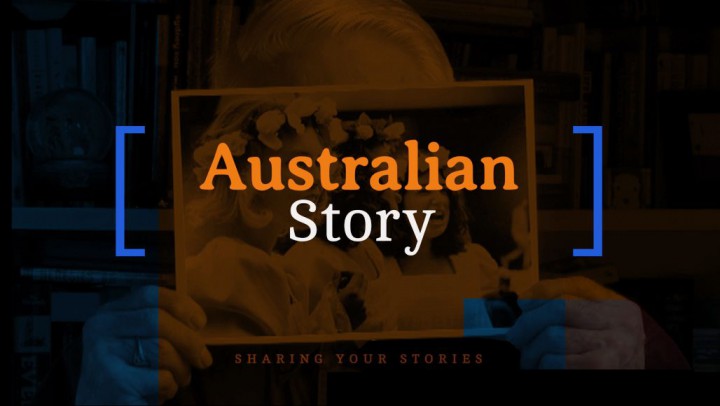Australian Story is a weekly documentary television series that is broadcast nationally. It is produced and broadcast on ABC Television. The program has been on the air since May 1996. Every episode of the show features the story of different Australians; it focuses on stories with diverse backgrounds and reputations. Caroline Jones has been the presenter on the show since the program first began.
What is the format of the show?
Every episode of the show profiles a different Australian. High-profile people are commonly profiled and introduced throughout each episode. These high-profile people might include politicians or celebrities. Examples of the prominent people who have been featured on the show include Hazel Hawke, rugby league coach Wayne Bennett, Australia’s first female Prime Minister Julia Gillard, Kevin Rudd, broadcaster Red Symons, actor and author William McInnes, former Governor-General Peter Hollingworth, the label heads for Sass and Bide, art-activist Van Rudd, Crocodile Hunter Steve Irwin and actress/singer Belinda Emmett. Lower profile, but notable Australian’s have also been profiled such as Sabina Wolanski who was a Holocaust survivor that was chosen to represent the six million Jews who dies during the holocaust at the Memorial for the Murdered Jews of Europe.
They also featured Ove Hoegh-Guldberg, a climatologist specialising in the effects of climate change on coral reefs. The show prides itself on its commitment to ‘real’ reality stories. The show delivers documentary profiles with no narrator. Whilst Caroline Jones presents the series, the story is made up of the stories and testimonies of the person featured in the story, their friends, colleagues, critics and their family.
Each episode takes 30 minutes and provides an immersive experience for people hoping to better understand extraordinary Australian’s. Australian Story aims to be thought-provoking and compelling. The show tries to get people to think about and empathise with different people from different walks of life. It’s all about different perspectives and the diversity of Australia.
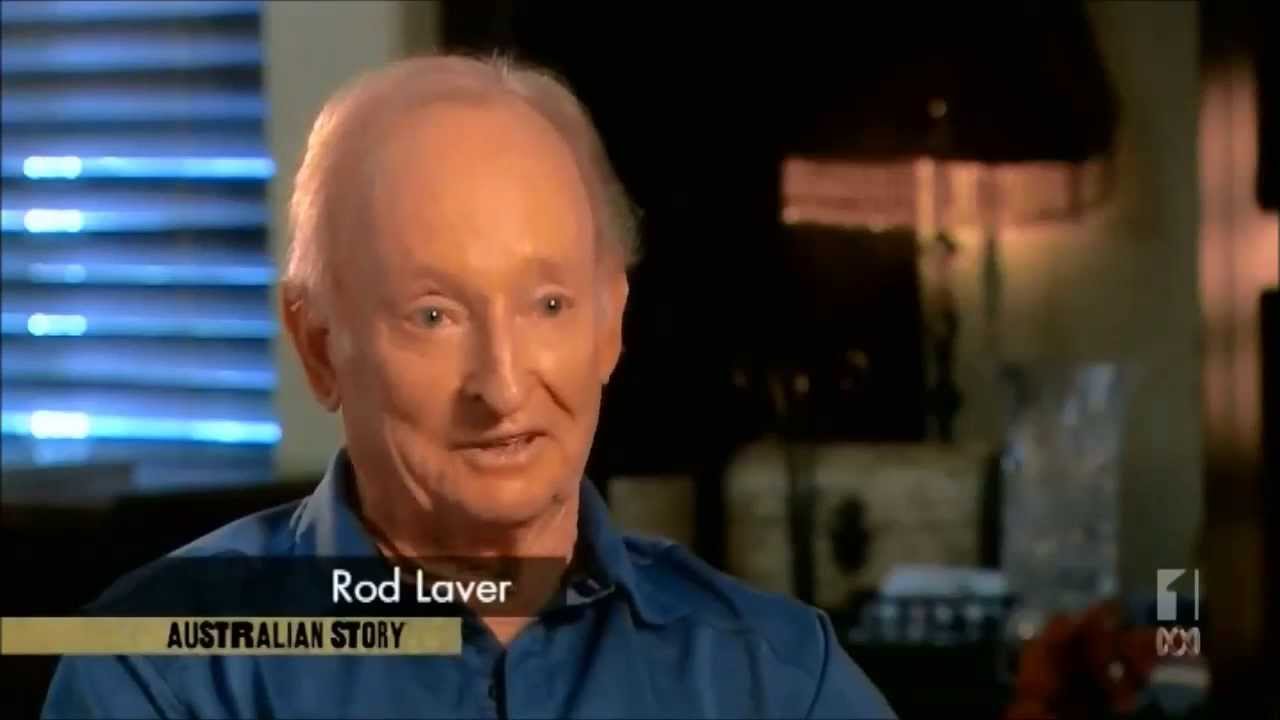
The shows personal approach to telling Australian stories has been high praised and critically acclaimed in Australia, with the show receiving a number of Walkley Awards for excellence in journalism. It has also won four consecutive Logie Awards. The show was attracting an average audience of more than one million viewers every week, making it one of the most popular television shows on the ABC network.
Jones announced that she would be leaving the show in 2016, which changed the format of the show. Stories are no longer introduced by a presenter on Australian Story.
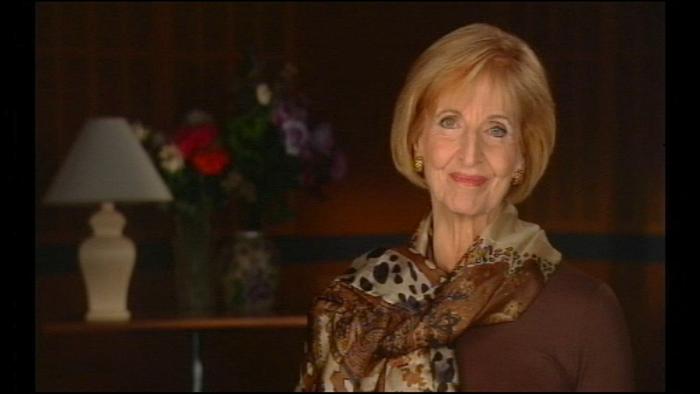
Caroline Jones
Caroline Jones is a distinguished Australian broadcaster and has been associated with the Australian Story program since the shows inception in 1996. When she left the show in 2016, she also chose to retire.
Caroline Jones career has spanned more than 50 years. She was the first female reporter to ever appear on Today Tonight, she later became a Four Corners presenter. Caroline Jones has won a number of awards including a Logie in 1972.
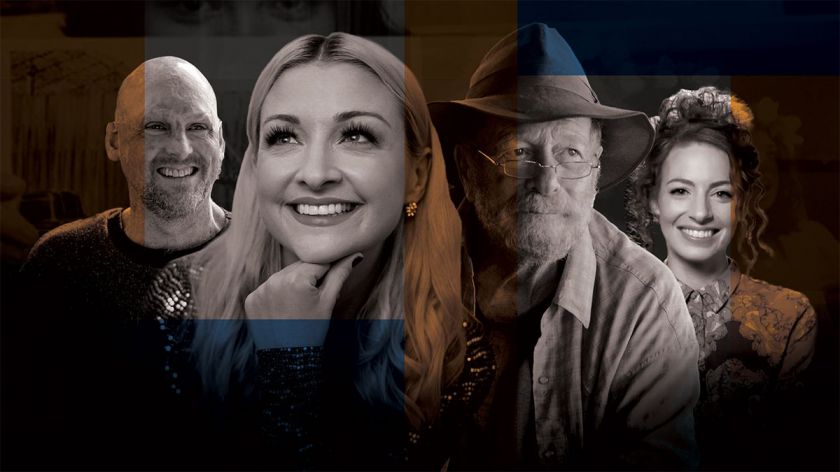
Controversies surrounding Australian Story
Australian Story at first look, is a relatively controversy free show. The episodes of the show are primarily about building empathy and celebrating humanity and diversity. However the show does not escape from criticism entirely. Some critics point out that the show, whilst is portrays itself as being unbiased, is actually not as balanced as it first appears. The show is aimed at creating warm, fuzzy feelings. It’s supposed to be sweet. As a result, the bad qualities of the people being profiled in the show are often glossed over or only partially covered in the show. The 30 minute format of the show limits how thoroughly the person being profiled can be investigated. Leaving the viewers of Australian Story with an overly simplistic understanding of the people featured in the show.
Instead Australian Story often focuses primarily on the positive aspects of people’s lives. Some critics feel that the show is problematic because of the way it positively portrays people. The show often investigates influential people whose ideologies or opinions can be controversial and it is often delivered in a way that makes people believe they are watching an unbiased report, but the truth is that every program as edited and that Australian Story can be a powerful tool for rebranding an image, political propaganda, or making people believe or feel a certain way about a topic or issue. The show goes out of its way to evoke certain feelings. A great example is a recent episode featuring Labor Senator Sam Dastyari which a number of people argued was a puff piece, timed to coincide with his new book.
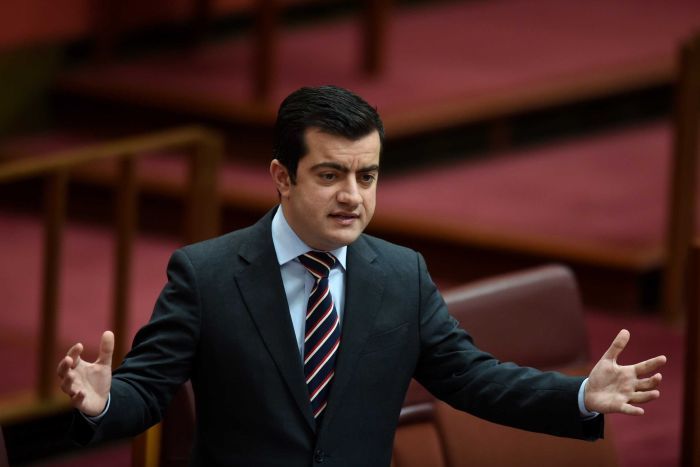
The show addressed the scandal that had plagues Dastyari the previous year, but in a way that posed no hard hitting questions. This is typical of the Australian Story style. The show tackled Dastyari’s indiscretion at the start of the episode, indicating that the profile would be delivered objectively. Later on in the episode however, the show framed his problems as a good thing, his parents talked about it being an opportunity for him to slow down.
Episodes featuring politicians are often skewed towards positive interpretations. Malcolm Turnbull’s profile for instance has been criticised for lacking depth. The profile framed Malcolm as a likeable everyman, calling himself ‘Malco’. He was filmed sitting in front of a log fire, and riding on horseback. He appears to be a loveable, Aussie bloke. His greatest life regret is supposed to be that he never had more children. The episode is clearly about improving Turnbull’s image and portraying him in a certain light.
Australian Story is often a demonstration of how just about any story or person can be re-engineered to tell a certain kind of story. It is up to the discretion of the producers and profiled people on how they will be perceived. The show has for example, sympathetically portrayed a man who was convicted of murdering three children in the past.
Critics have raised that the structure and ethos of the show discourage critical thought and critical thinking when it comes to their viewers. People are encouraged to accept what they see on the screen, even if they are only getting half the story.
The show can be a powerful tool for investigating and analysing diverse viewpoints but it can also be used for the wrong reasons by powerful and influential people who seek to use the vehicle of an award winning, and very trusted show as a means for rebranding or getting people to feel a certain way.
Certain critics are calling for the show to be refreshed, with a new more critical format. Some are arguing that there is no place for it anymore and that the landscape of Australia has changed. Others argue that it should focus less on high profile, influential people and more on the poor and downtrodden for whom the show could act as a platform and a mouthpiece.
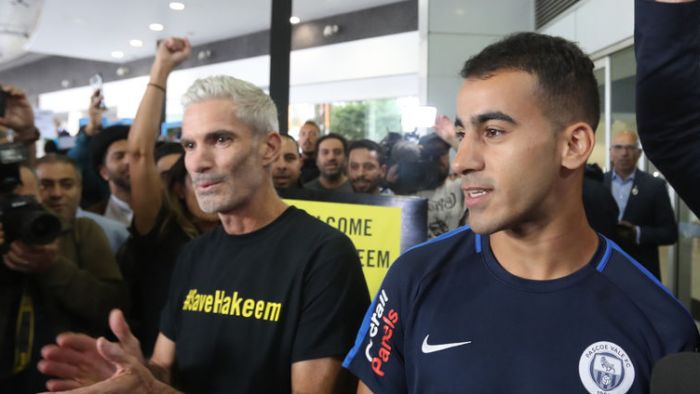
One critic for the Daily Review even called for the shows axing altogether. Considering the shows continued strong ratings, that’s unlikely to happen any time soon! Australian Story is still regularly watched and talked about. Catch-up episodes of the show can be watched on their website platform.


